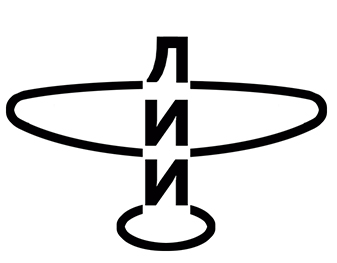
Part I-- Bf 109G-2
The LII (Letno-Isledovatel'skiy Institut ),
or Flight Research Institute, has accommodated very many 'visitors'
over the years. During the GPW era, naturally, these guests were often
captured enemy machines, the evaluation of whose characteristics was a
fundamentally important aspect of the LII's main work.
In this series we will look to present in profile format some of the more interesting guests of the Institute during the (broadly) GPW period. Some of these examples will be familiar, and we hope, others will not.
Bf 109G-2/R6
LII, ca. early 1943
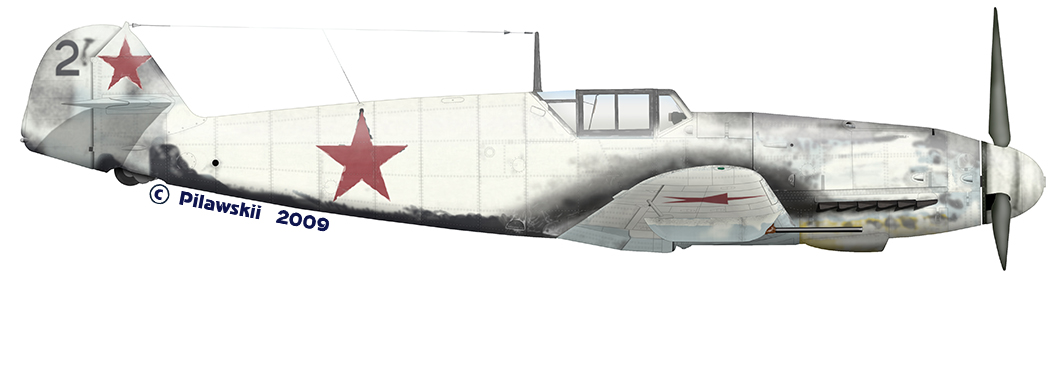
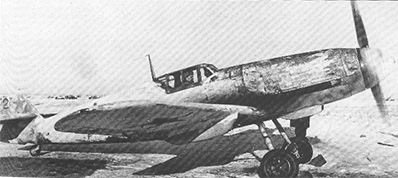
In this series we will look to present in profile format some of the more interesting guests of the Institute during the (broadly) GPW period. Some of these examples will be familiar, and we hope, others will not.
Bf 109G-2/R6
LII, ca. early 1943


This
example was said to have been captured at Stalingrad. It still retained
a considerable amount of winter camouflage appliqué, which was
interestingly applied to the wing undersurfaces along the outer wing
portion. A considerable amount of black (presumably AMT-6) was applied
to this example over the lower rear fuselage. This practice seems to
have been common enough at the LII, although in this case the reasons
are not overly clear for such treatment as the original upper surface
finish was left mostly 'as was'. One wonders, additionally, if the
number "2" was added by the LII, and if so for what purpose?
Bf 109G-2 wrknmr. 14513
LII, April 1943
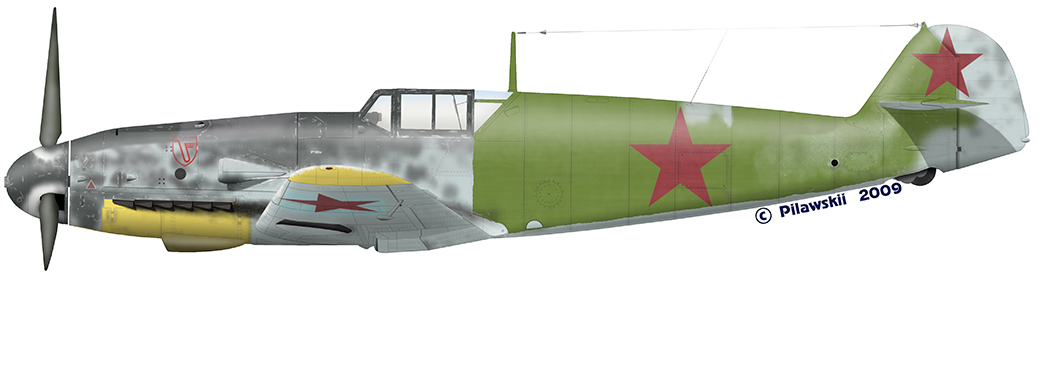
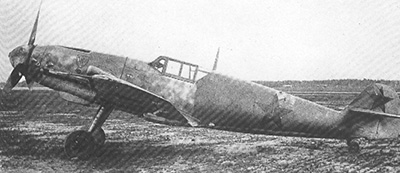
Bf 109G-2 wrknmr. 14513
LII, April 1943


This
aircraft clearly once was on strength with JG3; the distinctive unit
badge being still visible. Although the main finish seems to have been
the usual RLM 74/75/76 livery, there are suggestions of lingering
winter finish on the spinner and along the wing leading edge. The rear
fuselage looks to have been fairly comprehensively re-painted with
AMT-4 lacquer, and VVS national insignia were applied in the usual
manner. There are some curious features on the cowl near the badge
which probably represent some kind of repair modification; however,
these remain mysterious.
Bf 109G-2
LII, ca. summer 1943
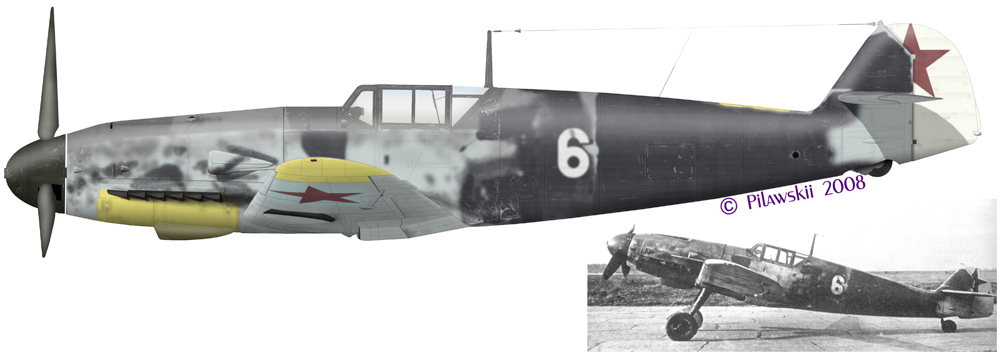
Bf 109G-2
LII, ca. summer 1943

Images of "White 6" are fairly well known. Although somewhat small, the number does have the typical font/shape of Luftwaffe markings,
and one wonders if this might have been original on the aircraft and
preserved during various re-finishing? Once again, black was applied
comprehensively over the rear fuselage, obscuring there the German
74/75/76 colouration. The rudder, interestingly, seems to have been
white, and sports an incomplete VVS star. In the event, it certainly
seems quite likely that this item was a replacement part. The LII's
penchant for the bizarre application of underwing national markings is
also shown here to effect; it is a matter of the utmost curiosity that
such skewed applications are seen so consistently on machines (both
foreign and domestic) under their care.